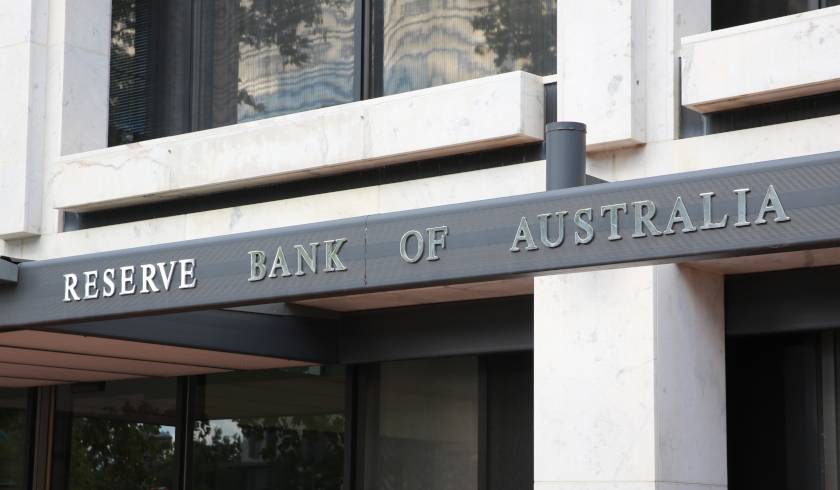Predictions for the official cash rate as fresh data released
An update to the consumer price index for the March quarter saw it hold steady and not move at all which means a May rate cut could be eminent, according to experts.

Fresh data from the Australian Bureau of Statistics showed that the consumer price index (CPI) at the “all groups” level saw no movement in the March quarter.
Out of each individual groups, the only one to not record any movement this quarter was housing.
In comparison, food and non-alcoholic beverages, alcohol and tobacco, health and education all recorded rises, while clothing and footwear, furnishings, household equipment and services, transport, communication, recreation and culture, and insurance and financial services all declined.
What does this mean for the cash rate?
Experts have painted a relatively grim picture of the nation’s economy with no movement in consumer spending and with inflation underperforming to the Reserve Bank’s expectations, and believe the way to alleviate it could be through a rate cut as early as May.
Hayden Dimes and David Plank at ANZ claim that the CPI data will make way for the cash rate being cut by 25 basis points in May, and again in August with the election having no real impact on the RBA decision.
“The much lower than expected outcome for core inflation means that something has to materially change in order for the RBA to credibly forecast an eventual return to 2 per cent inflation,” they said.
“That something has to be a stronger growth outlook that puts material downward pressure on underemployment in the labour market.
“The contribution the RBA can make to a stronger growth outlook is to ease monetary policy which, in its own words, will ‘support the economy through a depreciation of the exchange rate and by reducing required interest payments on borrowing, freeing up cash for other expenditure’.”
Economist Shane Oliver agreed with the sentiments from ANZ, stating that economic conditions will keep pressure on price and wages for the time being, which makes reaching the RBA’s inflation targets an unlikely prospect.
“Lowering the target would be a huge mistake and would see inflation targeting lose all credibility and only lock in low inflation (and the risk of deflation) for longer,” Mr Oliver said.
“We have been looking for two rate cuts this year since last December and had thought that the RBA would wait till after the election before starting to move.
“However, with underlying inflation coming in much weaker than expected, our base case is now that the first cut will come next month, with the RBA likely to conclude that it’s too risky to wait until unemployment starts to trend up.”

